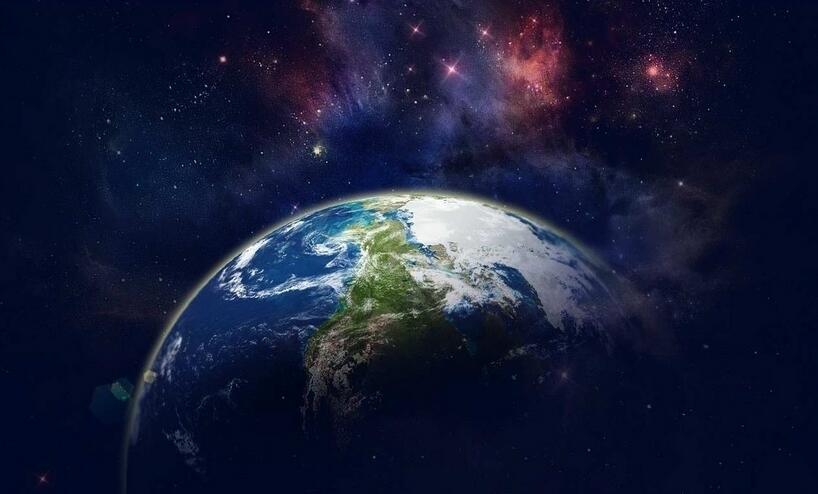5 THE STONE-BREAKERS
5 敲石头的人们
At just the time that Henry Cavendish was completing his experiments in London, four hundred miles away in Edinburgh another kind of concluding moment was about to take place with the death of James Hutton. This was bad news for Hutton, of course, but good news for science as it cleared the way for a man named John Playfair to rewrite Hutton's work without fear of embarrassment.
正当亨利·卡文迪许在伦敦完成试验的时候,在650公里之外的爱丁堡,另一个重大时刻随着詹姆斯·赫顿的去世而即将到来。这对赫顿来说当然是坏消息,但对科学界来说却是个好消息,因为它为一个名叫约翰·普莱费尔的人无愧地改写赫顿的作品铺平了道路。

Hutton was by all accounts a man of the keenest insights and liveliest conversation, a delight in company, and without rival when it came to understanding the mysterious slow processes that shaped the Earth. Unfortunately, it was beyond him to set down his notions in a form that anyone could begin to understand. He was, as one biographer observed with an all but audible sigh, "almost entirely innocent of rhetorical accomplishments." Nearly every line he penned was an invitation to slumber. Here he is in his 1795 masterwork, A Theory of the Earth with Proofs and Illustrations , discussing . . . something:
赫顿毫无疑问是个目光敏锐、非常健谈的人,一个愉快的伙伴。他在了解地球那神秘而又缓慢的形成过程方面是无与伦比的。不幸的是,他不会以人人都能基本理解的形式写下他的见解。有一位传记作家长叹一声,说,他"几乎完全不懂得怎么使用语言"。他差不多每次写一行字就要想睡觉。在他1795年的杰作《地球论以及证据与说明》中,他是这样讨论......某个问题的:
The world which we inhabit is composed of the materials, not of the earth which was the immediate predecessor of the present, but of the earth which, in ascending from the present, we consider as the third, and which had preceded the land that was above the surface of the sea, while our present land was yet beneath the water of the ocean.
我们居住的世界不是由组成当时地球的直接前身的物质所构成的,而是从当今往前追溯,由我们认为是第三代的地球的物质所构成的,那个地球出现在陆地露出海面之前,而我们现今的陆地当时还在海水底下。












